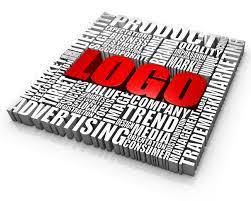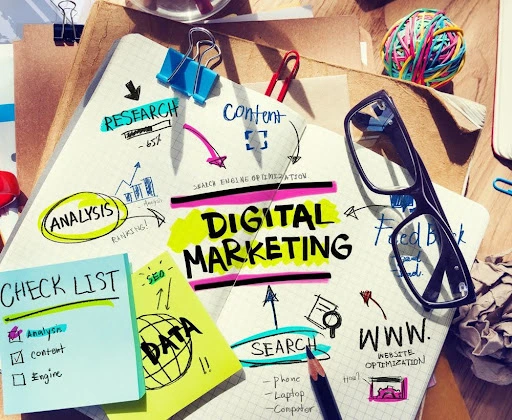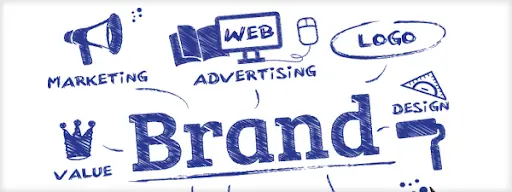
What makes a brand pop up in the consumer’s mind??? Yes, the logo!!!!….. It’s the face of the brand. In order to acknowledge the assistance and the reassurances offered by a brand or a company, many people here today tend to get affiliated with the company’s logo quite easily. Tentatively, many companies seek help from designers and graphic or visual artists to assist them in this stance. However, many known brands didn’t come up with their brand’s logo since the start – after spending time in their field and catering to the hows and whys of their respective businesses, companies such as FedEx, Elephantation – Branding Agency UAE, etc., went on to establish a logo for more prominence.
Technically, we all know how important a brand’s logo is or the company, right? It just isn’t dribbling or scribbling on paper or playing around with Picassa, Paint, or Adobe in the case of a graphic designer. So, how do amateurs even get started? A logo may tend to look simple, but technically, it is a lot deeper than it may seem.
Today, let’s discuss 5 typical downfalls that you, as a graphic designer, should avoid while making a logo design. As a businessman, your eyes and brain should be open to suggestions and creative ideologies, which can help you dig up explanations regarding your personal opinions before the designer.
1. Designed by an amateur
New business owners often invest a lot of money and time in equipment and property, but do not often match it by investing suitably in their logo.
The following are the most common reasons why many logos look amateurish:
- The company’s owner wanted to save money by designing a logo themselves.
- A relative or friend who claims to know little about logo designing does it as a favor.
- The job was given to an online design company that offers really cheap logos.
- The wrong people are commissioned.
All of the above can result in disastrous outcomes. A professional business should look professional. If your logo looks amateurish, then so will your business. Amateur graphic designers should tend not to borrow ideas or copy and steal other logos’ tentative images or typography through sheer gimmicks and trickery to benefit their worthless, mirrored designs.
2. Fonts and typographic errors:
It may seem very creative to go cursive and bold at first, amidst typographic errors, which tend to bring the entire weightage of your logo and brand down. For starters, as a designer, you should be aware of the letters you use to make your logo. Apart from typographic errors, it is sad that many designers either go towards the extreme or keep their profile quite low while designing a logo, turning it into an accessory and not a need of the deal.
Designers tend to forget that the fonts and the inking are perhaps the two major deal mergers or breakers for any gimmick. There is a lot of sorcery to be dealt with while designing this part of the logo since the fonts not only allow the logo to stand out, but also make it heavily prominent and certain in its meaning.
3. Abstract designs and special effects:
Verily, abstract designs and special effects in a brand’s logo grab more attention from its potential leads. However, as far as comparison is concerned, there are times when the logos that look incredibly simple aren’t that vague for the likes of its audience. Every logo has a very deep meaning to its context, and with reference to this, too much abstract curvature or heavy special effects tend to ruin the entirety of the motive.
4. Stay away from plagiarizing pre-existing logos
It is a good idea to check out all market trends and design techniques before making a new logo, but it’s a bad idea to start aping them without understanding the requirements of your own business plan. This is the worst mistake that you can make as a logo designer. Not only is the client going to lose, but it will also reflect poorly on the logo designers’ capabilities. They will lose their reputation and might not be able to get new business/clients. Popular designs have already been instilled into the consumer’s minds, and a design copying their idea will not bring competitive leverage over the older ones. Instead, a new or novel idea might be enough to guarantee trending profits and keen interest in the new product.
5. Using Stock Art:
Stock Art usage is another huge no-no for logo designing. This usually happens when businesses attempt to make their own logos instead of hiring professionals to do this work. The graphics used in a logo need to be unique and exclusive to a particular brand, and as such, picking up some low-end over used images from stock art is simply going to pull your logo game down. The same image can end up being used by two competitor brands since the licensing agreement of the pictures is not exclusive to the client. Moreover the using stock photos does not look professional at all.
Many clients also deem it irritating when the designer they hired keeps on nagging and asking questions. You, as a graphic designer, have to realize that you are eligible enough, and granted with the sole need of designing a logo for your client’s brand, which is deep to its meaning and quite essentially pragmatic.
(Photo credits: Shutterstock)






